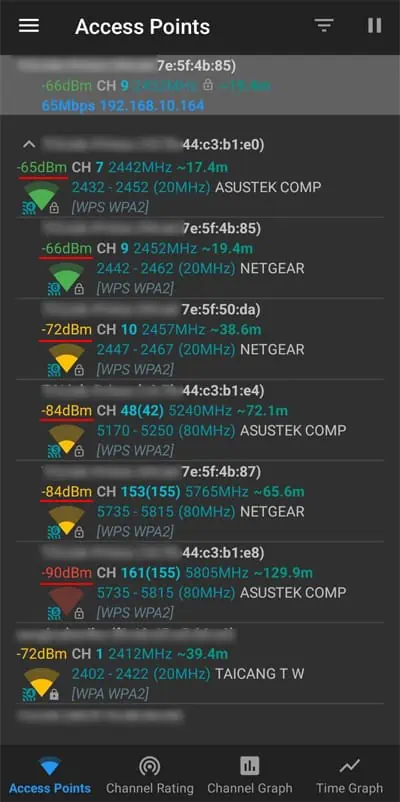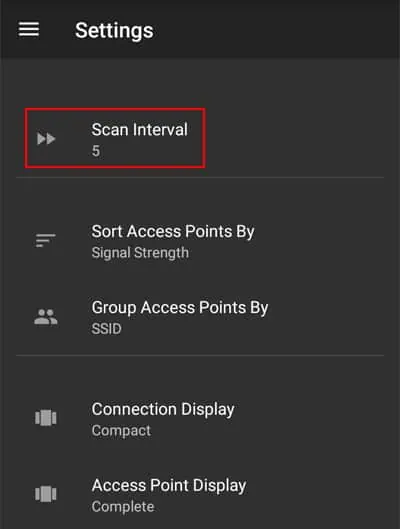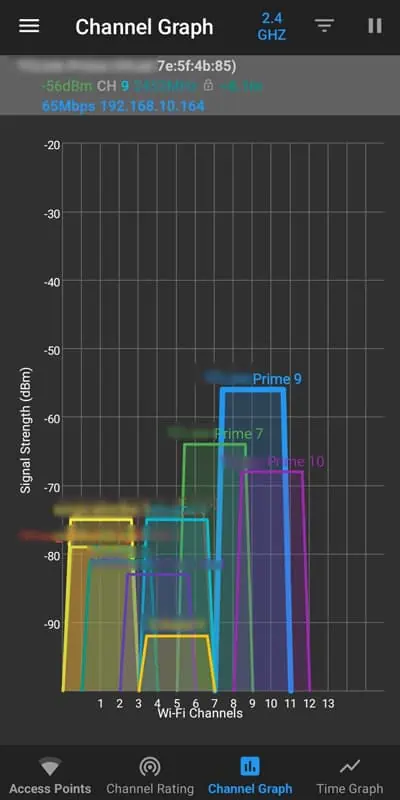It is not rare for people to set up an Access Point (AP) and then forget about its location. It is especially true in an office where there may be many access points hidden out of sight. Another possible scenario is that someone could set up a rogue access point with malicious intentions, and you wish to remove it.
In all these cases, you will need to locate the access point. Usually, offices keep an inventory of the access points along with their location so that they can keep track of them. So, first, you should try looking if your office has such documentation.
However, it is also possible that you don’t have access to such documents, or they don’t exist at all. In such cases, the only way to locate the APs so is by using spectrum or Wi-Fi analyzing programs, like WiFi Analyzer or directional antennas.

Use Wi-Fi Analyzing Apps
Wi-Fi signals get weak as you move farther from the access point and stronger as you come nearer. you may use signal strength analyzing apps that use this property to locate the approximate location of the access point.
Here’s how you may locate the access point using the Wi-Fi Analyzing app.
Using a Wi-Fi analyzer is not an effective method if you need to locate an access point in a big office or building. These usually have a large area or multiple floors and a high number of access points.

The best way to locate the access points in such cases is by using specific software to create a Wi-Fi heatmap and locate all the access points in the map.
Wi-Fi heatmaps are great tools to check Wi-Fi coverage and the signal strength of all locations in an office or a building. Some heatmap or network visualization software also comes with integrated algorithms that help calculate the location of access points based on the network layout on the heatmap.
Usually, large offices create Wi-Fi heatmaps that contain their office layout and the location of the access points. If such maps exist, you may easily locate all the access points in the building.

However, it is also possible to create a heatmap afterward. You will need to survey the building and create a blueprint, including all its floors, using any method on a new heatmap project.
Then, you need to use Wi-Fi tracking and analyzing applications to check the signal strength in multiple locations and input the data into the heatmap.
Locating a Wi-Fi access point is a difficult task in an indoor environment that contains many walls and other objects that can obstruct and reflect the Wi-Fi signal.
So, you may also use specialized equipment like directional antennas, if possible. The process is the same, but you will have better accuracy as it can easily point to the direction the signal is coming from. So you won’t need to move around too much to locate the access points.
Other than that, some devices like WiFi Pineapple are also available on the market. These are usually used for penetration tests to check the security of your network or by hackers to create a backdoor. But you may also use it to shut down unwanted or rogue access points.